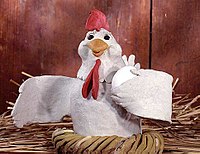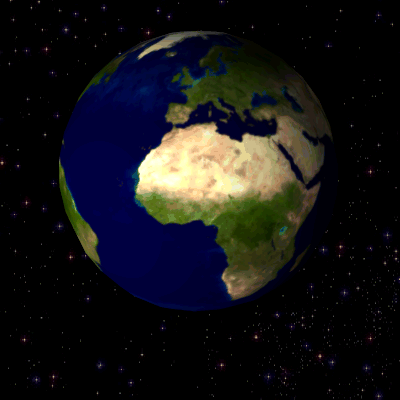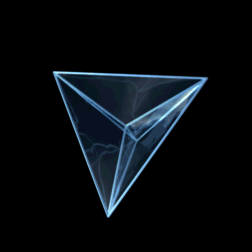Computer-assisted animation is typically two-dimensional (2-D), like cartoons. The animator draws objects and characters either by hand or with a computer. Then he positions his creations in key frames, which form an outline of the most important movements. Next, the computer uses mathematical algorithms to fill in the "in-between" frames. This process is called tweening. Key framing and tweening are traditional animation techniques that can be done by hand, but are accomplished much faster with a computer.
Computer-generated animation is a different story. First of all, it's three-dimensional (3-D), meaning that objects and characters are modeled on a plane with an X, Y and Z axis. This can't be done with pencil and paper. Key framing and tweening are still an important function of computer-generated animation, but there are other techniques that don't relate to traditional animation. Using mathematical algorithms, animators can program objects to adhere to (or break) physical laws like gravity, mass and force. Or create tremendous herds and flocks of creatures that appear to act independently, yet collectively. With computer-generated animation, instead of animating each hair on a monster's head, the monster's fur is designed to wave gently in the wind and lie flat when wet.
The basic animation is shown here , the creation of bouncing ball by 6 steps :

The bouncing ball after adding animation effects :

Technology has long been a part of the animator's toolkit. Animators at Disney revolutionized the industry with innovations like the use of sound in animated short films and the multi-plane camera stand that created the parallax effect of background depth.
The roots of computer animation began with computer graphics pioneers in the early 1960s working at major U.S. research institutes, often with government funding [source: Carnegie Mellon School of Computer Science]. Their earliest films were scientific simulations with titles like "Flow of a Viscous Fluid" and "Propagation of Shock Waves in a Solid Form."
Ed Catmull at the University of Utah was one of the first to toy with computer animation as art, beginning with a 3-D rendering of his hand opening and closing. The University of Utah was the source of the earliest important breakthroughs in 3-D computer graphics, like the hidden surface algorithm that allows a computer to conceptualize three-dimensional objects, and the Utah Teapot, a strikingly rendered 3-D teapot that signaled a turning point in the photorealistic quality of 3-D graphics.
In 1973, "Westworld" became the first film to contain computer-generated 2D graphics. More films in the late 1970s and early 1980s relied on computer graphics, or CG, to create primitive effects that were designed to look computer-generated. "Tron" (1982) was ideal for showcasing undeniably digital effects since the movie took place inside a computer.
"Jurassic Park" (1993) was the first feature film to integrate convincingly real, entirely computer-generated characters into a live action film, and "Toy Story" (1995) from Pixar was the first full-length "cartoon" made entirely with computer-generated 3-D animation
The increasing sophistication and realism of 3-D animation can be directly credited to an exponential growth in computer processing power. Today, a standard desktop computer runs 5,000 times faster than those used by computer graphics pioneers in the 1960s. And the cost of the basic technology for creating computer animation has gone from $500,000 to less than $2,000
Some types in animation explained below:
1.) The Traditional animation
Egyptian burial chamber mural, approximately 4000 years old image, showing wrestlers in action. Even though this may appear similar to a series of animation drawings, there was no way of viewing the images in motion. It does, however, indicate the artist's intention of depicting motion.

2.) Stop motion
This animation is used to describe animation created by physically manipulating real-world objects and photographing them one frame of film at a time to create the illusion of movement. There are many different types of stop-motion animation, usually named after the type of media used to create the animation.

3.) computer animation
Like stop motion, computer animation encompasses a variety of techniques, the unifying idea being that the animation is created digitally on a computer.

5.) Paint-on-Glass animation
6.) Pin Screen Animation
7.) Sand animation
8.) Flip book animation
(for eg;)
- Adobe photoshop,
- Maya animation Software
- Macromedia flash editor ....... etc


